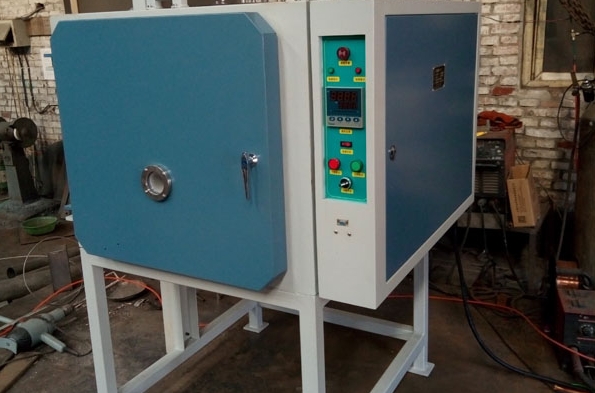- 22
- Feb
What are the consequences of improper heating of the experimental electric furnace?
What are the consequences of improper heating of the експериментальна електрична піч?
1. Decarburization of parts: heating in an oxidizing atmosphere is easy to decarburize, high-carbon steel is easy to decarburize, and steel with a lot of silicon is also easy to decarburize. Decarburization reduces the strength and fatigue performance of parts and weakens wear resistance.
2. Цементація деталей: поковки, що нагріваються в електропечах, часто мають науглероживание на поверхні або частині поверхні. Цементація погіршує продуктивність обробки поковок, і під час різання легко вдарити ножем.
3. Overheating of parts: Overheating refers to the phenomenon that the heating temperature of the metal blank is too high, or the residence time is too long within the specified forging and heat treatment temperature range, or the temperature rise is too high due to the thermal effect.
4. Перегорання деталей: для вуглецевої сталі межі зерен плавляться під час перепалу, а коли інструментальна сталь (швидкорізальна сталь, сталь Cr12 і т. д.) перепалюється, межі зерен будуть виглядати як ледебурит у вигляді ялинки через плавлення. Трикутник плавлення по границі зерен і кульки переплаву з’являються при перепалюванні алюмінієвого сплаву. Після того, як ковка перегоріла, її часто неможливо врятувати і доводиться здавати на металобрухт.
5. Тріщини при нагріванні деталей: Якщо значення теплового напруження перевищує межу міцності заготовки, утворюватимуться тріщини нагріву, що випромінюють від центру до периферії, що спричиняє розтріскування всієї секції.
6. Copper brittleness or steel brittleness: Copper brittleness appears to be cracked on the surface of the forging. When observed at high magnification, light yellow copper (or copper solid solution) is distributed along the grain boundary.

